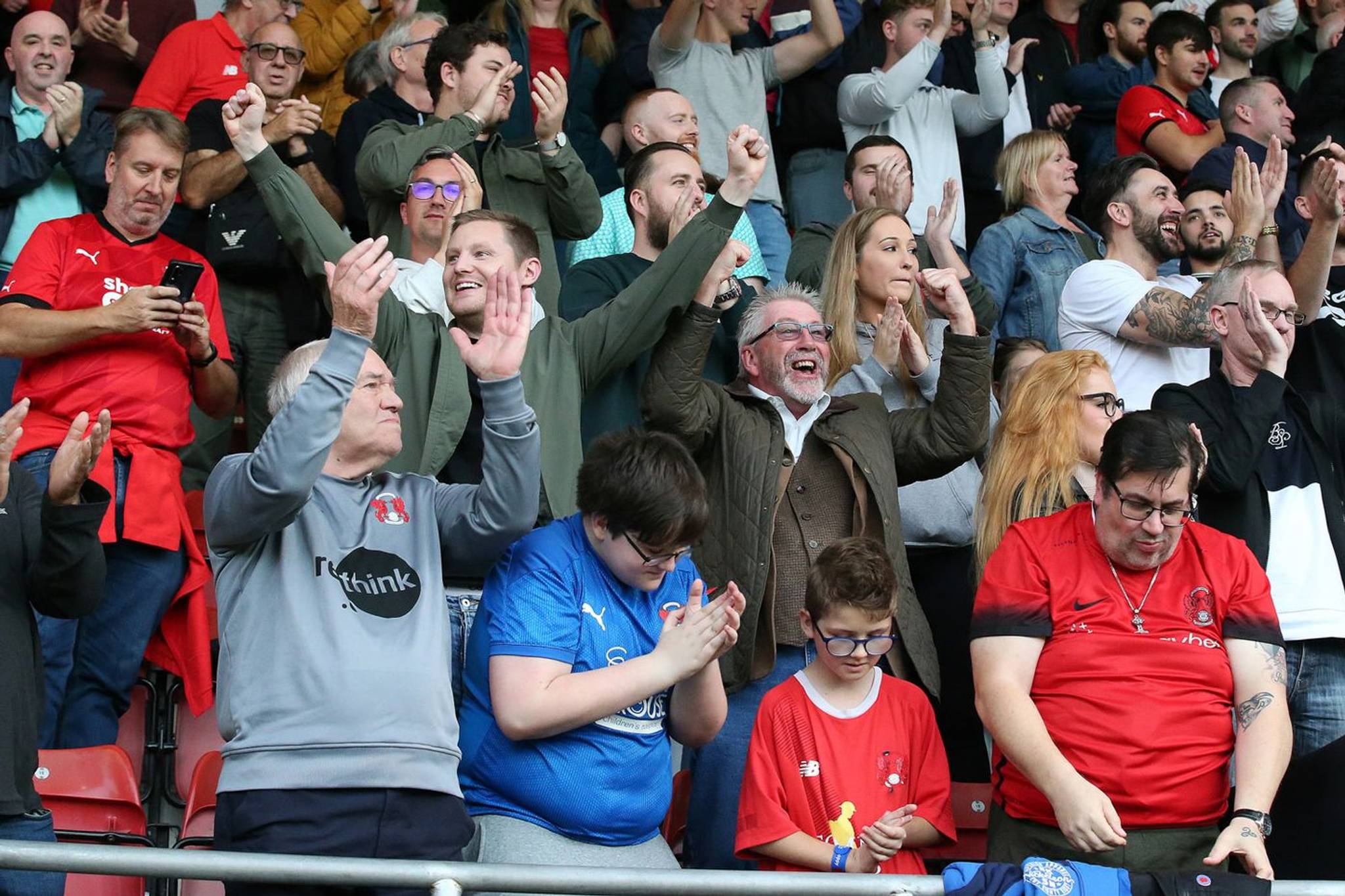The future of fandom
“Today, I have very strong feelings,” stated Gianni Infantino, President of FIFA, as the World Cup kicked off in November this year. “Today I feel Qatari. Today I feel Arab. Today I feel African. Today I feel gay. Today I feel disabled. Today I feel a migrant worker.” Infantino’s curious assertion was an attempt to address the uneasy new era football finds itself in, in which fans’ personal values and identity politics are making themselves felt through expectations of how football teams and associations assert themselves. Though football fandom has been in flux for some time, as regional alliances and globalised industry change the world of sport, immersive technologies, more fluid forms of loyalty, and the cost of living crisis are all set to challenge the fandom model in the next year. “You can only fit a certain number of supporters in a ground,” explains Garry Crawford, Professor of Cultural Sociology at the University of Salford. “So the question is how you sell this to more distant fans. This has been the holy grail for a long time. Clubs are all being very secretive around what we’re doing with the metaverse. But one thing they’ll try to use it for is to replicate the live experience for distant fans.” And as the experience of watching the game is set to evolve, issues around who is watching it continue to intensify. With 27% of football fans saying they’ve been mocked for not supporting their local team, it’s clear that tensions around fan identity won’t be easily resolved. For inspiration on where the future of fandom might go, look towards Nike’s footballverse, which gives fans agency to create their own teams that reflect their passions, allegiances and identity away from borders or even moments in time.














